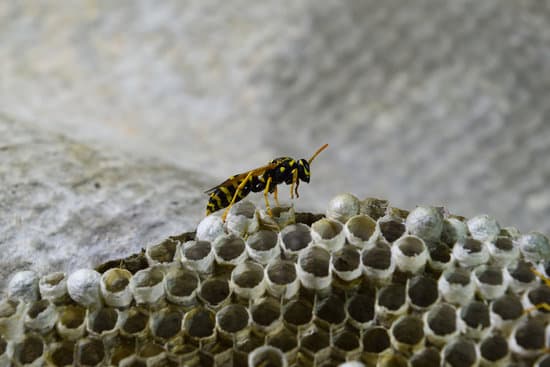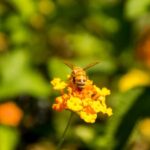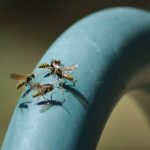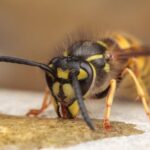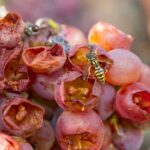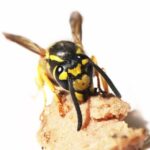How Do Wasps Help Pollinate Flowers?
Despite being considered to be less efficient pollinators than bees, wasps are an important part of the pollination process of many plants. They are also used as beneficial predators. These insects feed on insect pests and other insects that destroy crops.
They are generally carnivorous, but they do feed on sweet things, including nectar. Some wasps pierce the base of flowers to gain access to the nectar. The nectar is a valuable source of energy for these insects.
Most wasps are attracted to white or yellow flowers. These types of flowers are usually shallow and have a relatively easy access to the nectar. The flowers are also odorous, so wasps are attracted to them.
The thorax of a wasp is covered with thick black hairs. These hairs make it easier for pollen to stick to the wasp. Wasps can also be passive carriers of pollen, transferring it from flower to flower. Despite the presence of these hairs, most wasps don’t have pollen baskets or other special storage body parts.
Wasps are important pollinators of plants such as fruit trees and vegetables. They also have a specialized pollination relationship with orchids. In fact, around 100 orchid species are reliant on wasps for pollination. Some species are even better pollinators than bees.
Wasps are also important pollinators of flowering vegetables. They collect nectar from these plants and transfer it to other plants. They also help control garden pests. Some gardeners actively encourage certain species of wasps in their gardens.
